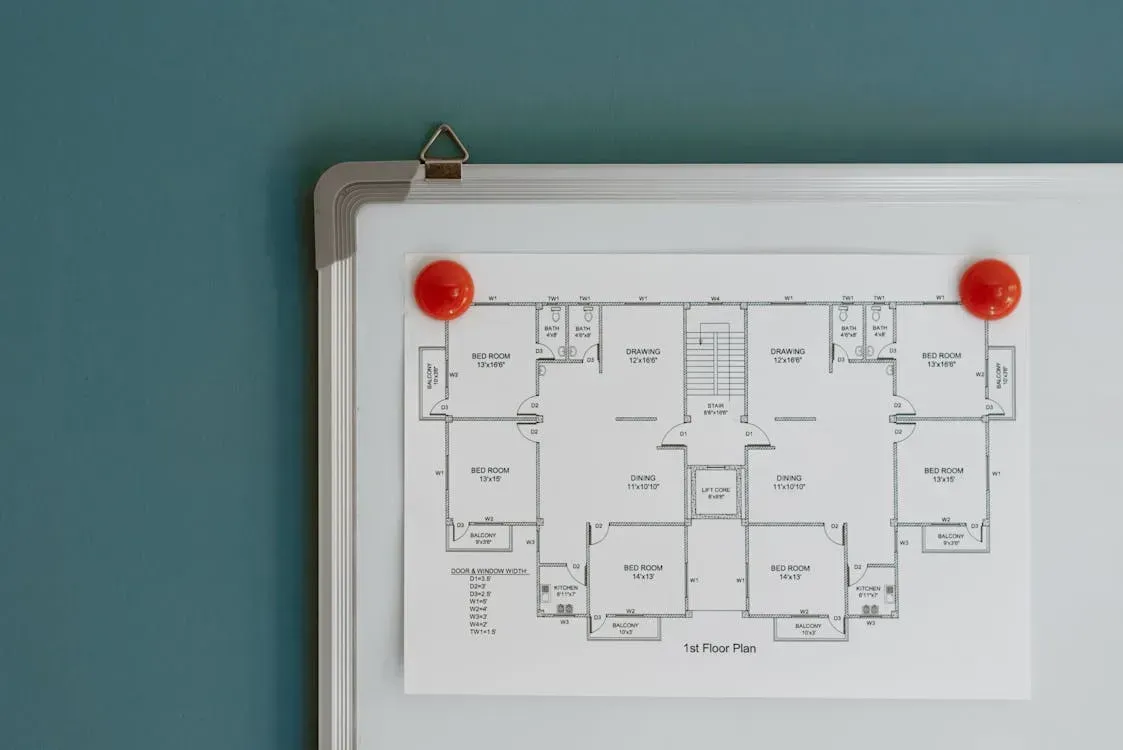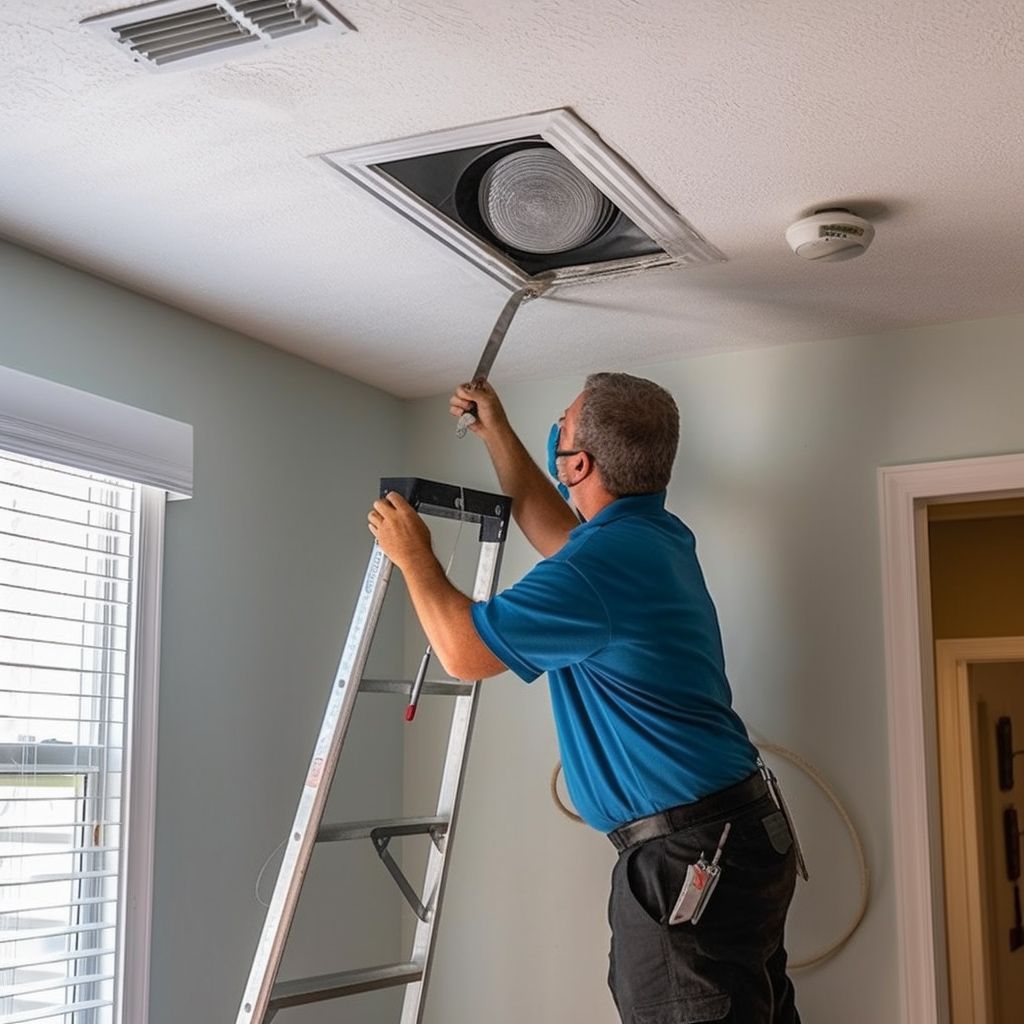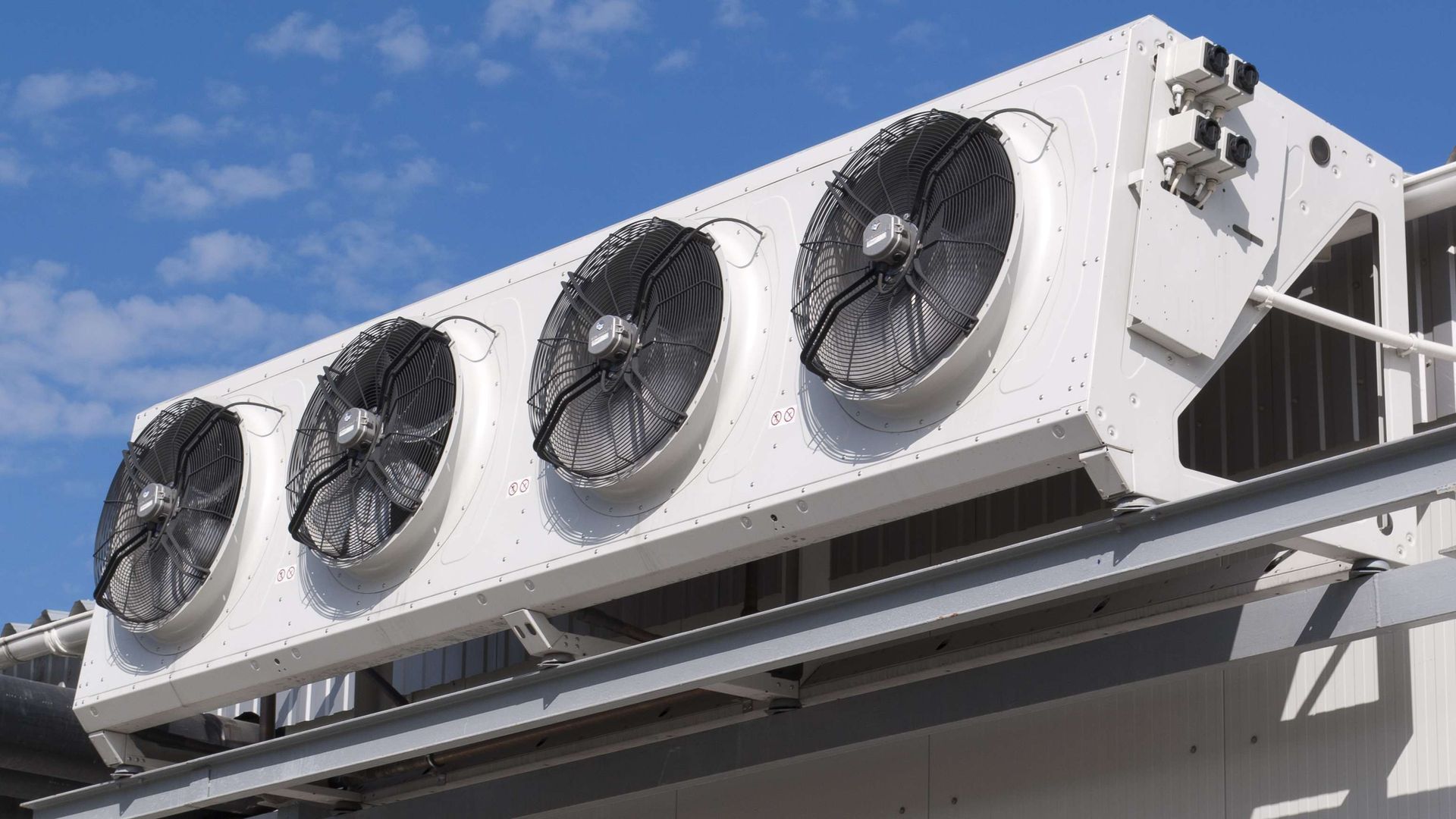The Ultimate Guide to HVAC System Sizing: find the perfect fit for your home

Choosing the right HVAC system size is crucial for your comfort and wallet. Get it wrong, and you could be facing a never-ending cycle of too hot, too cold, and too many bills. That's where we step in. This guide is your go-to resource for navigating the maze of HVAC sizing, ensuring your home hits that sweet spot of cozy and cost-effective. Backed by solid expertise and the latest industry standards, let's dive into the world of HVAC systems without the jargon.
Small Systems (1.5 - 3 Tons)
When it comes to heating and cooling, size does matter, especially if your space is on the cozier side. Small HVAC systems, ranging from 1.5 to 3 tons, are perfect for smaller homes, apartments, or individual zones within a larger house. But how do you know if a small system is right for you?
First off, consider your square footage. These systems typically serve spaces up to 1,600 square feet efficiently. It's not just about the size, though. Think about your home's layout, insulation quality, and even the number of windows — these factors can influence your needs.
Choosing a system that's just right ensures you won't be paying to heat or cool the neighborhood. Plus, it helps maintain a consistent temperature, keeping your home comfortable year-round without the dreaded humidity or dry air issues that can come from a mismatched system.
Medium Systems (3.5 - 5 Tons)
For the average-sized home, a medium HVAC system is often the Goldilocks choice—not too big, not too small, just right. Covering homes from 1,600 to 3,000 square feet, a system falling within the 3.5 to 5-ton range can handle most family homes with ease.
But it's not a one-size-fits-all situation. The effectiveness of a medium system also hinges on factors like the number of occupants (yes, people generate heat too!), the home's overall energy efficiency, and even specific room requirements. For example, a sunroom or a high-ceilinged living area might need more power to stay comfortable.
Opting for a medium-sized system when it fits your space means smoother operation and lower energy costs. It strikes the balance between power and efficiency, ensuring you're not overworking a too-small system or wasting energy with one that's too large. Plus, it can adapt to life's changes, like family expansions or home remodels, with fewer hiccups.
Large Systems (5.5 Tons and Above)
For those with sprawling estates, expansive open-plan homes, or specific architectural features like high ceilings and large windows, a large HVAC system (5.5 tons and above) is the way to go. These powerhouses are designed to manage the heating and cooling demands of spaces over 3,000 square feet, ensuring every corner of your home is just the right temperature.
Large systems are also ideal for homes in extreme climates, where the difference between indoor and outdoor temperatures can be stark. Whether it's a scorching summer or a freezing winter, a larger system ensures your home remains an oasis of comfort.
However, bigger isn't always better if it's not a match for your needs. An oversized system can cycle on and off too frequently, leading to wear and tear, inefficiency, and uneven temperature control. That's why it's crucial to consider all aspects of your home's design and usage before deciding. Consultation with a professional can help pinpoint the exact size that's best for your space, taking into account all the variables that affect HVAC efficiency.
The Critical Role of Correct HVAC Sizing
Nailing the perfect HVAC system size for your home isn't just about comfort—it's about cost, efficiency, and the longevity of your system. A system that's too small will run constantly, struggling to keep up and wearing itself out prematurely. On the flip side, a system that's too big will cycle on and off too often, not only wasting energy but also failing to properly dehumidify your home, leaving you with a clammy feeling that's far from comfortable.
The right size HVAC system operates efficiently, saving you money on energy bills and maintenance in the long run. It maintains a steady temperature and humidity level, which is better for the health of your home's structure and the comfort of its inhabitants.
Moreover, proper sizing takes into account more than just square footage. It considers the unique characteristics of your home: insulation quality, window types and placements, the direction your home faces, and even the local climate. These factors can significantly influence the heating and cooling needs of your space.
Conclusion
Selecting the correct HVAC system size is more than a comfort choice—it's a decision that affects your home's energy efficiency, your financial outlay on utilities, and the overall longevity of your heating and cooling setup. Whether you're building a new home, upgrading your current system, or simply curious about HVAC efficiency, understanding the importance of system sizing is crucial.
For top-tier HVAC services in South Jordan, UT, and beyond, look no further than Hill Heating and Air. Led by Steve Hill, this expert team is committed to your comfort, offering unparalleled AC and heating repair, installation, and maintenance from Provo to Ogden. With a focus on reliable, efficient solutions and swift service, Hill Heating and Air ensures your HVAC system is in the best hands. Trust them for exceptional service and craftsmanship that meets all your heating and cooling needs. Reach out to Hill Heating and Air for outstanding HVAC care.
Contact Us
Contact Us
We will get back to you as soon as possible.
Please try again later.
HILL HEATING & AIR, LLC
South Jordan, UT 84095
CALL US
Phone: (801) 860-0655
HOURS | 24/7 AFTER HOURS AND WEEKENDS
- Mon - Fri
- -
- Sat - Sun
- Closed
HILL HEATING & AIR, LLC
Salt lake city , UT 84130 United States of America
CALL US
Phone: (801) 860-0655
HOURS | 24/7 AFTER HOURS AND WEEKENDS
- Mon - Fri
- -
- Sat - Sun
- Closed
Copyright © 2023 Hill Heating & Air, LLC, all rights reserved.






